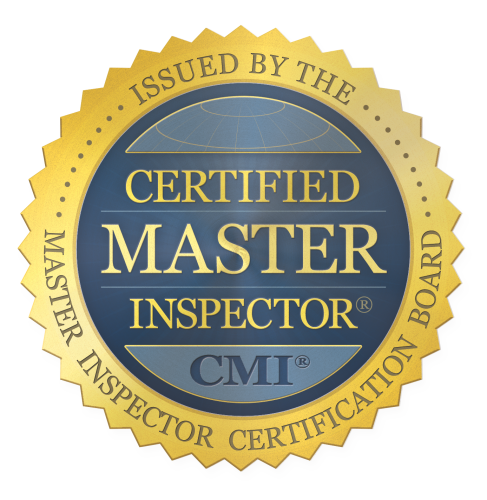jay's blog
What I'm Seeing Now (5)
They say to never say never. Well, in this fifth of nine posts regarding new construction I am going over one more thing regarding insulation. What I'm Seeing Now is something that you should never trust - that everything that should be insulated, is insulated.
For example:
1. Corners. Some carpentry employs a framing technique called "California Corners." They may be called something else in other places, but that is what I have learned to call them. In such corners the two corner studs are perpendicular, but there is a small space, about 3.5 inches square, between them that will need to be insulated. If not, believe it or not, that small uninsulated space will influence the whole room!
2. Under fireplaces, bump outs and bay windows. Often, on a pre-drywall inspection, I see where the under side of a gas fireplace or bay window has already been covered with soffit material. Covering it before it is insulated makes it very difficult to insulate completely. And more than that, when they do insulate, if the paper-backed vapor retarder is not touching the under side of the subfloor above it is almot as though it was never insulated at all! And these are areas which need vapor retardation! How often I have heard people complain that when the gas fire is not lit they feel cold air pouring out from the space.
3. Behind bath tubs on exterior walls. Sound unimportant? It is not. Particularly the big master bath tubs which sit in the corner. Sometimes it appears that the exterior walls of these spaces have been insulated, but sometimes it does not extend all the way to the floor. I always check. If the insulation has not been installed for the pre-drywall inspection I suggest that the clients check. Bath tubs are closed, often tiled, spaces. They are full of dead air, and are highly influenced by the outdoor temperature. I have had people call me to ask why the water on the master bath tub is not flowing. Because the pipes have frozen!
4. Cathedral and tray ceilings. And ALL the way to the edge! This is another example of insulation that must be stapled or it will slip (see my post 1 of 6). So very often on a thermal infrared inspection I see that such insulation was never put to the edge, or has slipped, or has fallen from its original vertical position. Those spots are huge energy wasters.
My recommendation: Suggest to your clients (or have a peek yourself while with them) that they check these kinds of areas. The energy costs add up! No insulation, or poorly placed insulation, is the near equivalent of keeping a window open. These areas will influence the indoor environment summer and winter. Don't assume that they will get done. You know what happens when we assume... Better yet, hire a certified home inspector to help with the process!
